Just before Christmas, German government spokesman Steffen Hebestreit unveiled the new G7 2022 logo: a white G and 7 placed so they merge into one simple shape on a dark blue backdrop. “G7 Germany 2022” is written underneath. That’s it. “This design with its focus on the essentials is intended to represent the focused work program we have set ourselves for this presidency,” Hebestreit said.
The G7, or “Group of Seven,” consists of the US, Canada, Japan, France, the UK, Italy and Germany. When these countries came together in the 1970s, they were the seven strongest industrialized nations in the world, and the economy was the dominant topic. Today, the G7 deals with major international issues that require a multilateral approach.
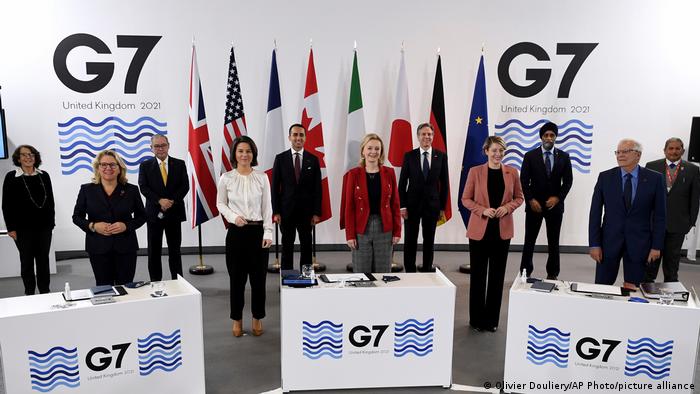
G7 foreign ministers met in Liverpool in December 2021
Germany takes over from UK
Much of what was discussed and negotiated under the United Kingdom’s G7 presidency in 2021 will have to be continued from January when Germany takes over. Above all, the fight against the COVID-19 pandemic, which after two years shows no sign of abating, remains a major concern. The G7 health ministers last met at the end of November. At their summit in London in June, the G7 leaders agreed to distribute 2.3 billion vaccine doses to developing countries by the end of 2022. Germany is the second-largest donor in the COVAX vaccination alliance.
Climate policy is to be a central topic of the German G7 presidency. At the G7 foreign ministers’ meeting in Liverpool in December, German Foreign Minister Annalena Baerbock (Green Party) stressed that the climate crisis has implications for peace and security, not only for Europe but especially for the emerging and developing countries.
“We can be under the illusion that the West is an island, but even here the water will continue to rise inexorably if we do not act now,” Baerbock said. “That’s why we will make pulling together on the climate crisis one of the priorities of our G7 chairmanship next year.”
-
In pictures: Deadly extreme weather shocks the world
Rainfall best ally for Spanish firefighters
A wildfire that burned through at least 7,780 hectares (30 square miles) in about a week and devastated forests in southern Spain was brought under control thanks to steady rains. The downpour helped the firefighters, who were backed by some 50 aircrafts. The blaze was one of the most difficult to combat in recent times in Spain. Some 2,600 people were forced to flee their homes.
-
In pictures: Deadly extreme weather shocks the world
Fierce flash floods in Europe
Unprecedented flooding — caused by two months’ worth of rainfall in two days — has resulted in devastating damage in central Europe, leaving at least 226 people dead in Germany and Belgium. Narrow valley streams swelled into raging floods in the space of hours, wiping out centuries-old communities. Rebuilding the ruined homes, businesses and infrastructure is expected to cost billions of euros.
-
In pictures: Deadly extreme weather shocks the world
Europe on fire
While half of Europe is drowning, elsewhere areas are going up in flames: Large fires raged, particularly in Greece, Italy and Turkey. They have caused unforeseeable monetary damage, while thousands of people in Europe have lost their homes and their belongings.
-
In pictures: Deadly extreme weather shocks the world
Record heat in Italy
In addition to deadly wildfires, Italy also battled record heat temperatures, with the Italian Health Ministry issuing the maximum possible heat warning level for many cities. On the island of Sicily, 48.8 degrees Celsius (almost 120 degrees Fahrenheit) was measured on August 11 — a new European heat record. The heat could make existing fires worse, or lead to new ones.
-
In pictures: Deadly extreme weather shocks the world
Still out of control
Meanwhile, the Dixie Fire continues smoldering in California. It’s California’s largest fire on record, and among the most destructive in the state’s history — it wiped the town of Greenville off the map. Although it’s about 60% contained, the fire continues to burn two months in. Meanwhile, hot and dry conditions continue in the region, spreading fears of more fire.
-
In pictures: Deadly extreme weather shocks the world
Extreme rainy seasons
Earlier this summer, record floods also hit parts of India and central China, overwhelming dams and drains and flooding streets. The downpours have been particularly heavy, even for the rainy season. Scientists have predicted that climate change will lead to more frequent and intense rainfall — warmer air holds more water, creating more rain.
-
In pictures: Deadly extreme weather shocks the world
Greece melts down amid heat waves
As nations flood in northern Europe, Mediterranean countries like Greece were in the grip of several heat waves. In the first week of July, temperatures soared to 43 degrees Celsius (109 Fahrenheit). Tourism hot spots like the Acropolis were forced to shut during the day, while the extreme heat also sparked forest fires outside Thessaloniki, which helicopters tried to douse.
-
In pictures: Deadly extreme weather shocks the world
Sardinia scorched by ‘unprecedented’ wildfires
“It is an unprecedented reality in Sardinia’s history,” said Sardinia’s Governor Christian Salinas of the ongoing wildfires that have scorched the historic central western area of Montiferru. “So far, 20,000 hectares of forest that represent centuries of environmental history of our island have gone up in ashes.” Around 1,500 people were evacuated from the island by the end of July.
-
In pictures: Deadly extreme weather shocks the world
Heat records in the US, Canada
Intense heat is becoming more common, as seen in late June in the US states of Washington and Oregon and the Canadian province of British Columbia. Scorching temperatures under a “heat dome,” hot air trapped for days by high pressure fronts, caused hundreds of heat-related deaths. The village of Lytton recorded a high of 49.6 Celsius (121 Fahrenheit) — and burned to the ground the next day.
-
In pictures: Deadly extreme weather shocks the world
Wildfires sparking thunderstorms
Heat and drought are fueling one of the most intense wildfire seasons in the West Coast and Pacific Northwest regions. Oregon’s Bootleg Fire, which burned an area the size of Los Angeles in just two weeks, was so big it created its own weather and sent smoke all the way to New York City. A recent study said the weather conditions would have been “virtually impossible” without climate change.
-
In pictures: Deadly extreme weather shocks the world
Amazon nearing a ‘tipping point’?
To the south, central Brazil is suffering its worst drought 100 years, increasing the risk of fires and further deforestation in the Amazon rainforest. Researchers recently reported that a large swath of the southeastern Amazon has flipped from absorbing to emitting planet-warming CO2 emissions, pushing the rainforest closer to a “tipping point.”
-
In pictures: Deadly extreme weather shocks the world
‘On the verge of starvation’
After years of unrelenting drought, more than 1.14 million people in Madagascar are food-insecure, with some now forced to eat raw cactus, wild leaves and roots, and locusts in famine-like conditions. With the absence of natural disaster, crop failure or political conflict, the dire situation in the African nation is said to be first famine in modern history caused solely by climate change.
-
In pictures: Deadly extreme weather shocks the world
More people fleeing natural disasters
The number of people fleeing conflict and natural disasters hit a 10-year high in 2020, with a record 55 million people relocating within their own country. That’s in addition to some 26 million people who fled across borders. A joint report released by refugee monitors in May found that three-quarters of the internally displaced were victims of extreme weather — and that number is likely to grow.
Author: Martin Kuebler, Stuart Braun, Sarah Klein, Anne-Sophie Brändlin
Engaging China
Without China, however, the G7 will not be able to put the brakes on global warming. “China is a partner for us, for the G7,” the German foreign minister said, referring to more than just climate protection. “Many global problems, we can only solve together.” How to deal with the authoritarian regime in Beijing, however, is an extremely controversial issue within the G7. And US President Joe Biden has urged a tougher stance.
China is certainly a competitor and “in many ways also a systemic rival,” said Foreign Minister Baerbock, but: “Cooperation is the top priority in diplomacy, but it must be on the basis of human rights and in compliance with international treaties.” This “foreign policy dilemma” can not be ignored, she said.
The special role of the US
“We must adapt our approach to China to the realities,” said German Chancellor Olaf Scholz (SPD) in mid-December during his first speech in parliament as the head of the new government . The “critical human rights situation” and “violations of universal standards” must not be ignored. “That doesn’t change the fact that a country of China’s size and history has a central place in the international concert of nations.”

Chancellor Olaf Scholz set out his foreign policy plans in a speech to the Bundestag in December
During Germany’s G7 presidency, it will become clear that the new German government wants to shape its foreign policy much more than before through “constructive dialogue.”
The German government sees the US as playing a pivotal role.
“I stand united with US President Joe Biden in the conviction that the world’s liberal democracies must prove that they can provide the better, the fairer, and the more equitable answers to the challenges of the 21st century,” Scholz said. He promised that the German government would always stand up for multilateral cooperation and international institutions.
As to Russia, the G7 has threatened “massive consequences” in the event of an attack on Ukraine. This refers primarily to punitive economic measures. “Any violation of territorial integrity will have a high price, and we will stand together with our European partners and our transatlantic allies and speak with one voice,” Chancellor Scholz said in parliament, repeating a statement made by his predecessor in office, Angela Merkel.
At the same time, Scholz wants to continue to press for negotiations. Against the backdrop of its history in two world wars, he said, Germany must be “prepared to attempt more and more often to reach an understanding, to break out of the spiral of escalation.”

Elmau Castle will be the venue of the G7 summit in the summer
A summit in the Bavarian Alps
The highlight of the German G7 presidency will be the summit of heads of state and government from June 26 to 28 at Elmau Castle in the scenic setting of the Bavarian Alps. The small town in the district of Garmisch-Partenkirchen was already the summit venue in 2015.
“Of course, we also know that there will again be a lot of work for us, the police, the rescue forces, and everyone involved,” the mayor of Garmisch-Partenkirchen, Thomas Schwarzenberger, told Bavarian radio. “The preparations will make the next six months very exhausting and very demanding.”
Elmau Castle meets all the logistical and security requirements of a G7 summit venue, according to the German government. It is a five-star luxury resort with large suites for the heads of state and government and is located in a mountain valley in the forest in terrain that is difficult to access. In 2015, the roads all around were upgraded for police vehicles and are equipped with an airfield and helipad.
Bavaria’s state Interior Ministry estimates that the summit will cost around €166 million ($188 million). Ninety percent of that has been budgeted for security and includes miles of high-security fencing and a satellite-based communications system. In 2015, 20,000 police officers from all over Germany were deployed to turn the conference venue into a fortress. This year will not be much different.
This article was translated from German.
While you’re here: Every Tuesday, DW editors round up what is happening in German politics and society. You can sign up here for the weekly email newsletter Berlin Briefing, to stay on top of developments as Germany enters the post-Merkel era.
Germany takes over G7 presidency
Source:
Pinoy Pop News

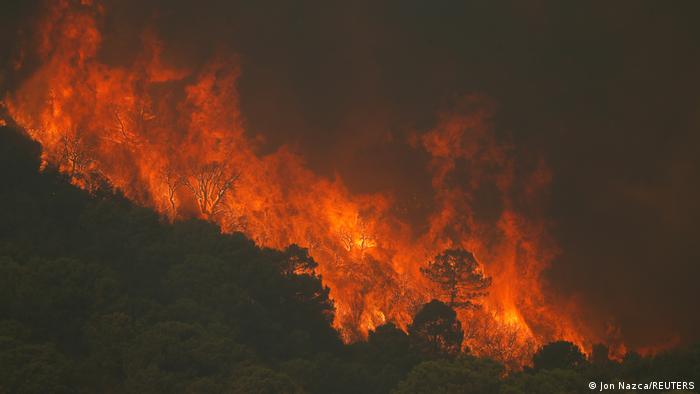
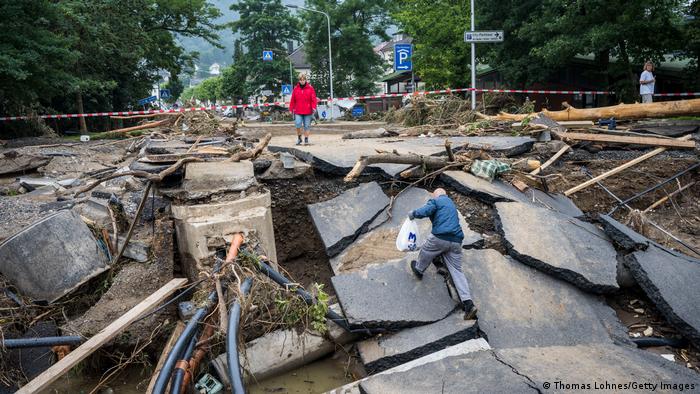
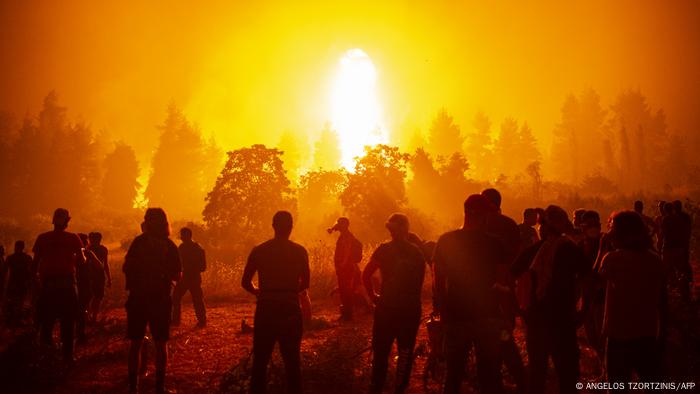



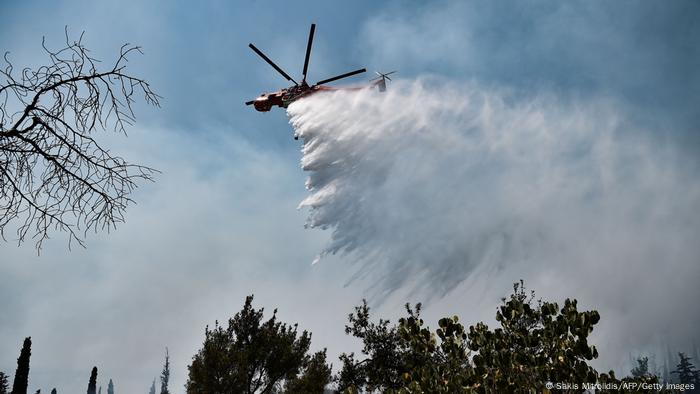
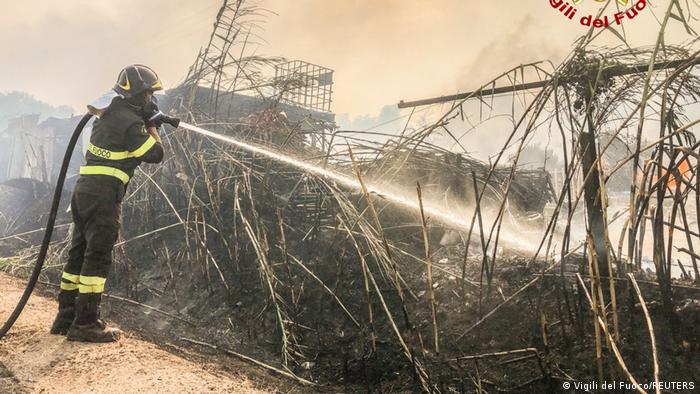


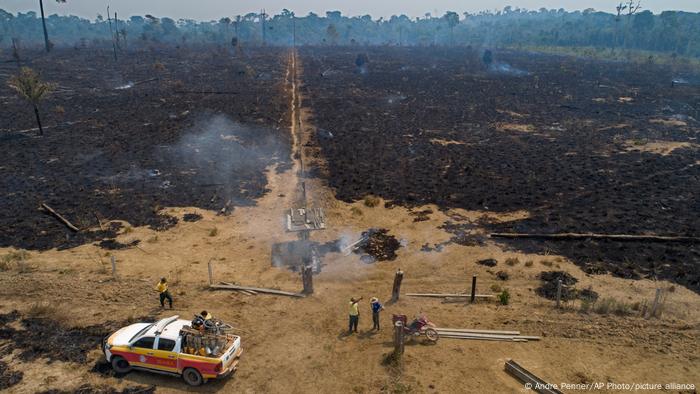




0 Comments